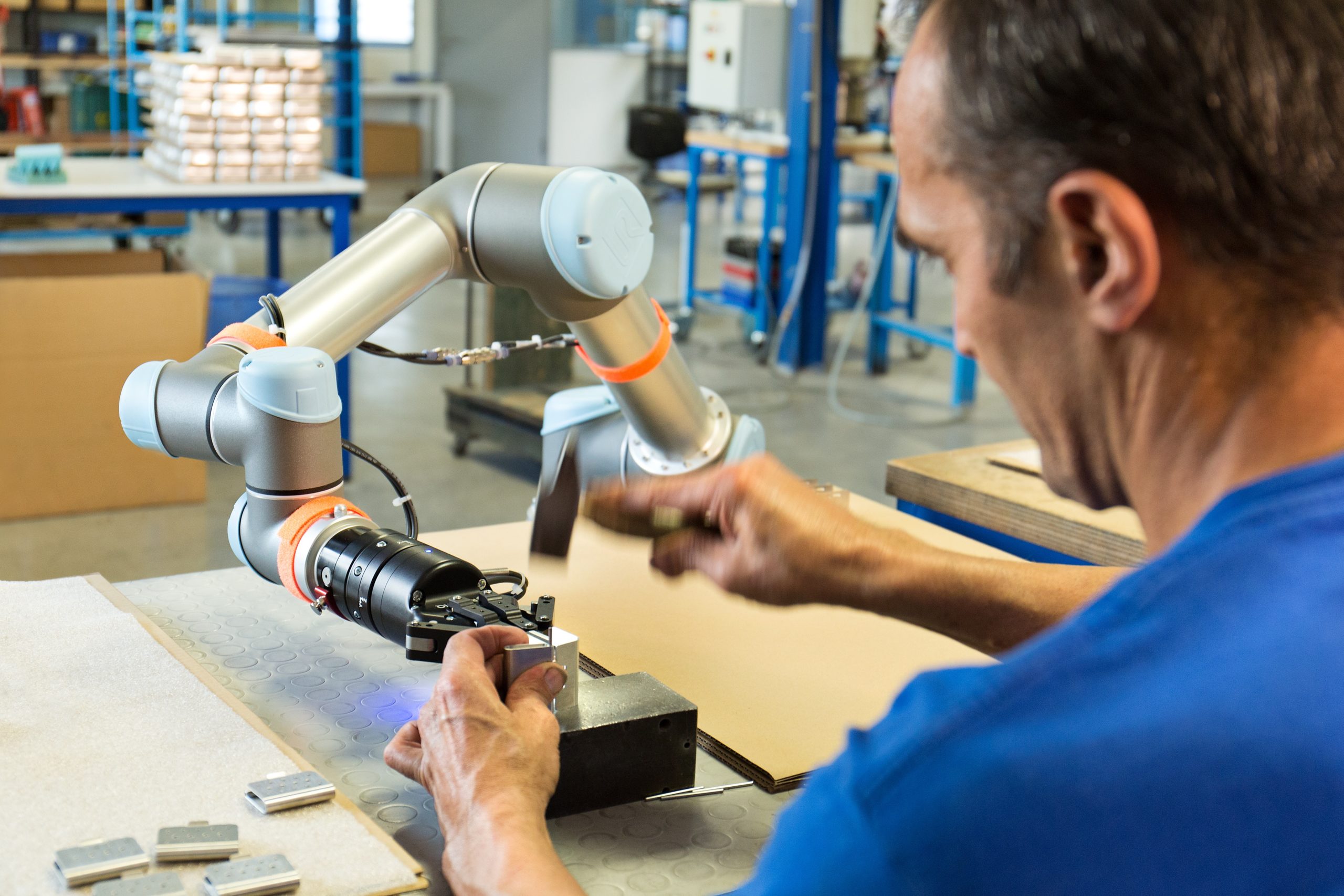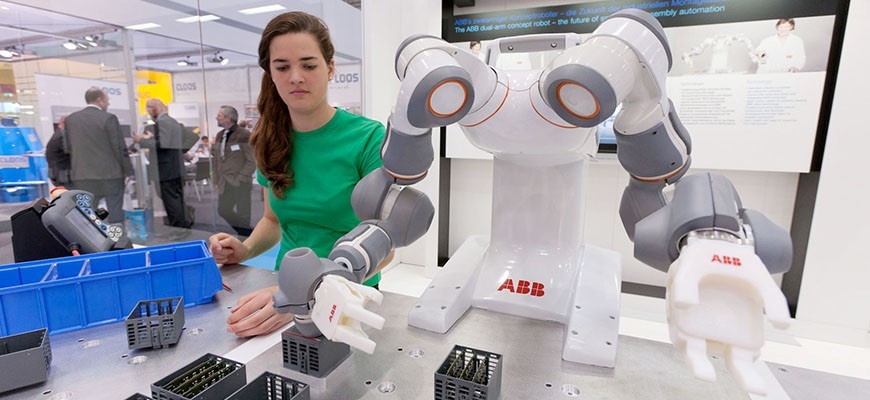Technology is often touted as the most significant innovation of our time, but have you ever considered the implications of robots working alongside humans in a factory setting? This educational idea might sound like something out of a science fiction flick, yet it’s already being tested and implemented here in the real world. Cobots are increasingly entering workplaces to help with manufacturing processes and other tasks that used to require manual labor by humans.
As more factories move towards automation and digitalization, we must understand how cobots can work effectively alongside people for maximum productivity and safety. It’s a thrilling concept but one that raises questions about safety regulations. So, let’s explore whether collaboration between cobots and humans is genuinely safe.
Table of Contents
What Are Cobots, And What Do They Do?
A cobot, otherwise known as a collaborative robot, is the latest robotic technology. These intelligent machines can integrate seamlessly into working environments such as factories and warehouses, allowing human workers to collaborate safely. By combining the strengths of humans and robots, cobots enable businesses to enjoy an efficient workplace with several clear advantages. For instance, their accuracy and speed help staff save time on tedious processes, which could be better spent elsewhere.
Also, the robots can help monitor safety regulations more thoroughly, improving overall workplace safety. Cobots are increasingly used across various industries—from manufacturing and logistics to healthcare—and offer an exciting new way for businesses to reap fast gains from robot-human collaboration.
The Benefits Of Cobots And Human Collaboration
Cobots can offer a range of benefits, helping to increase productivity and reducing overhead costs. For example, they require a different level of maintenance than their traditional counterparts, making them less expensive in the long run. Furthermore, cobots are highly customizable for specific tasks and can be reprogrammed or adjusted whenever needed.
The most significant advantage of cobots is that they allow humans and robots to work together safely. A key feature of such collaborative robots is that they come with built-in safety systems which help protect people from potential dangers. It includes sensors and cameras that provide visual feedback on the surrounding environment, allowing workers to see what’s happening even when a robot is working nearby.
Other safety features, such as emergency stop buttons and collision avoidance systems, are also included for extra protection. All these features provide a safe, secure workplace for humans and robots.
How To Safely Integrate Cobots Into Your Workplace
Although cobots have many benefits, ensuring they are safely integrated into your workplace is essential. It involves a few key steps. Firstly, you must identify and evaluate potential risks associated with introducing a robot into the environment. Then, create safety protocols to protect workers from those risks – such as clearly defined areas for robots and humans and proper signage indicating when the robot is in operation.
Once these measures are in place, you should begin training staff on interacting with the cobot safely and effectively. Training should include essential topics such as recognizing signs of danger, knowing what actions to take if an emergency occurs, understanding safe working distances, etc.,
Finally, monitoring should be ongoing—ensuring safety protocols are followed essentially. Regular cobot maintenance should also be included in the process.
Case Studies Of Successful Cobot Collaborations

There are many inspiring examples of successful cobot collaborations – from large-scale manufacturing sites to small start-ups.
For instance, Universal Robots has worked with the Swiss company ETA SA on their production line. This collaboration has resulted in significant cost savings, allowing them to become more competitive globally.
Similarly, food manufacturer McCain Foods successfully implemented several cobots into their factory, enabling them to increase accuracy and efficiency for various tasks. As a result, they have seen productivity levels reach all-time highs and an improved safety record.
These are just two examples where cobots have been used successfully—and safely—within the workplace. The success stories demonstrate that the potential benefits of cobot-human collaboration are immense when used correctly.
The Future Of Cobots And Human Interaction
Cobots can revolutionize how humans and robots interact in the workplace. As technology develops, more industries will likely begin to incorporate cobots into their operations—significantly since they can help reduce costs and increase efficiency.
The safety features of cobots continue to improve as well. For instance, researchers are currently looking at ways to use AI-based technologies to ensure even safer interactions between human workers and robots.
In Conclusion
Cobots can offer a range of advantages for businesses, but it is essential to remember that integrating them into the workplace requires careful planning and implementation. By following best practices and establishing proper protocols, businesses can reap the rewards from successful robot-human collaborations and create a safe working environment for all. It is the key to unlocking the full potential of cobots in the future.











